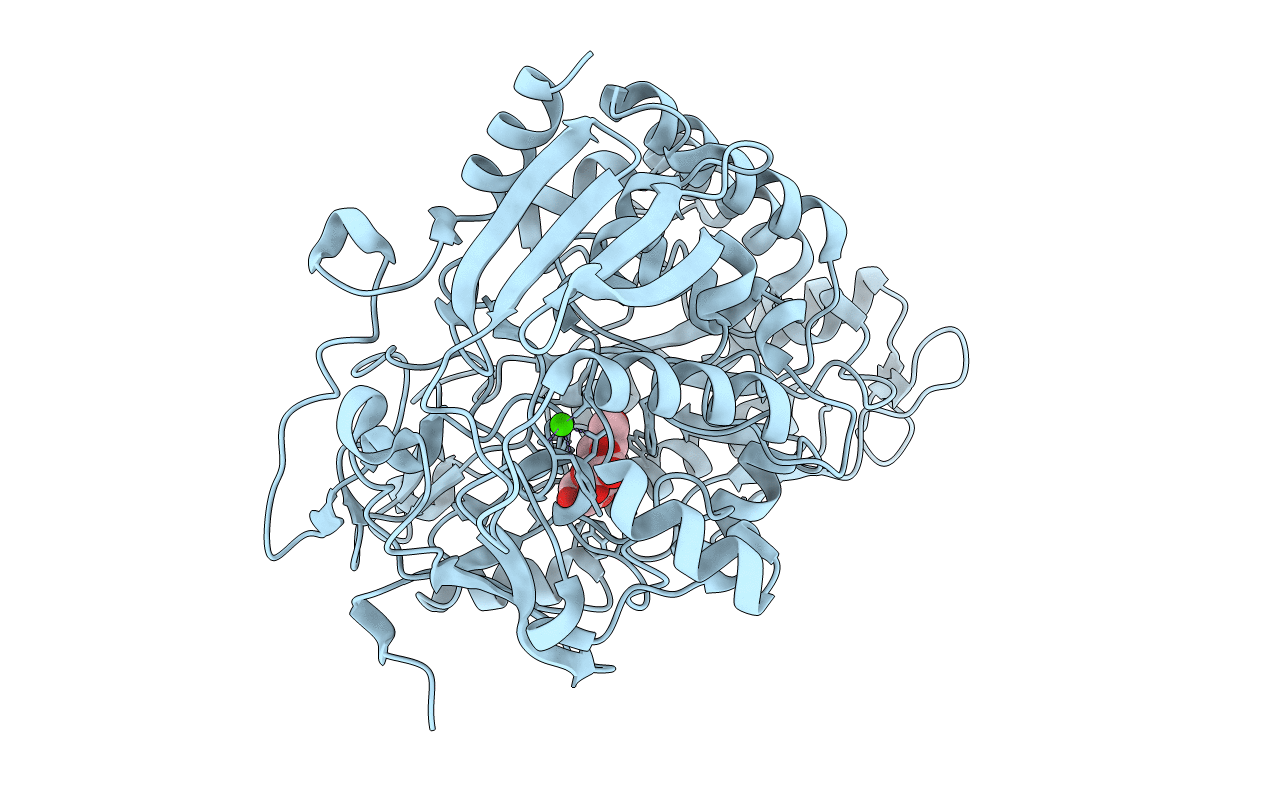
Deposition Date
2013-03-22
Release Date
2013-10-09
Last Version Date
2023-09-20
Entry Detail
PDB ID:
4JSD
Keywords:
Title:
The X-ray crystal structure of a thermophilic cellobiose binding protein bound with laminaribiose
Biological Source:
Source Organism:
Thermotoga maritima (Taxon ID: 243274)
Host Organism:
Method Details:
Experimental Method:
Resolution:
2.05 Å
R-Value Free:
0.20
R-Value Work:
0.18
R-Value Observed:
0.18
Space Group:
P 21 21 21


